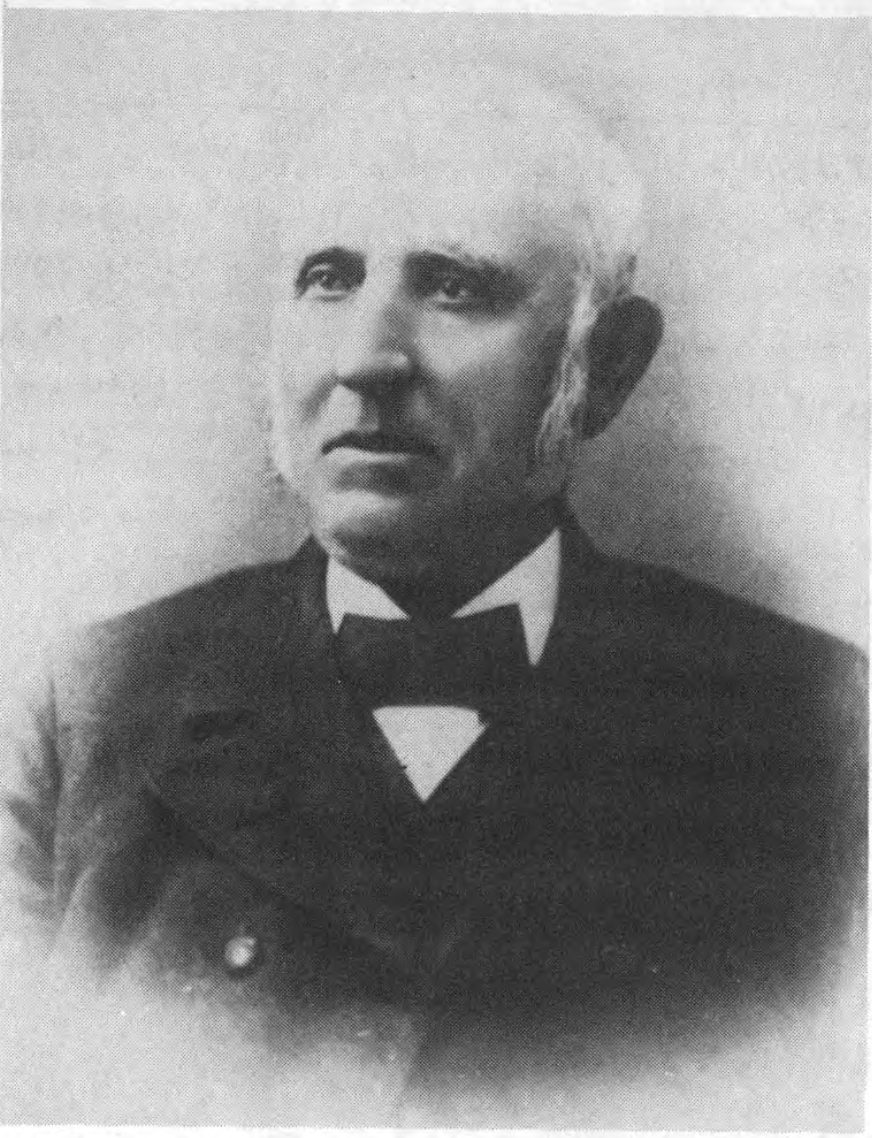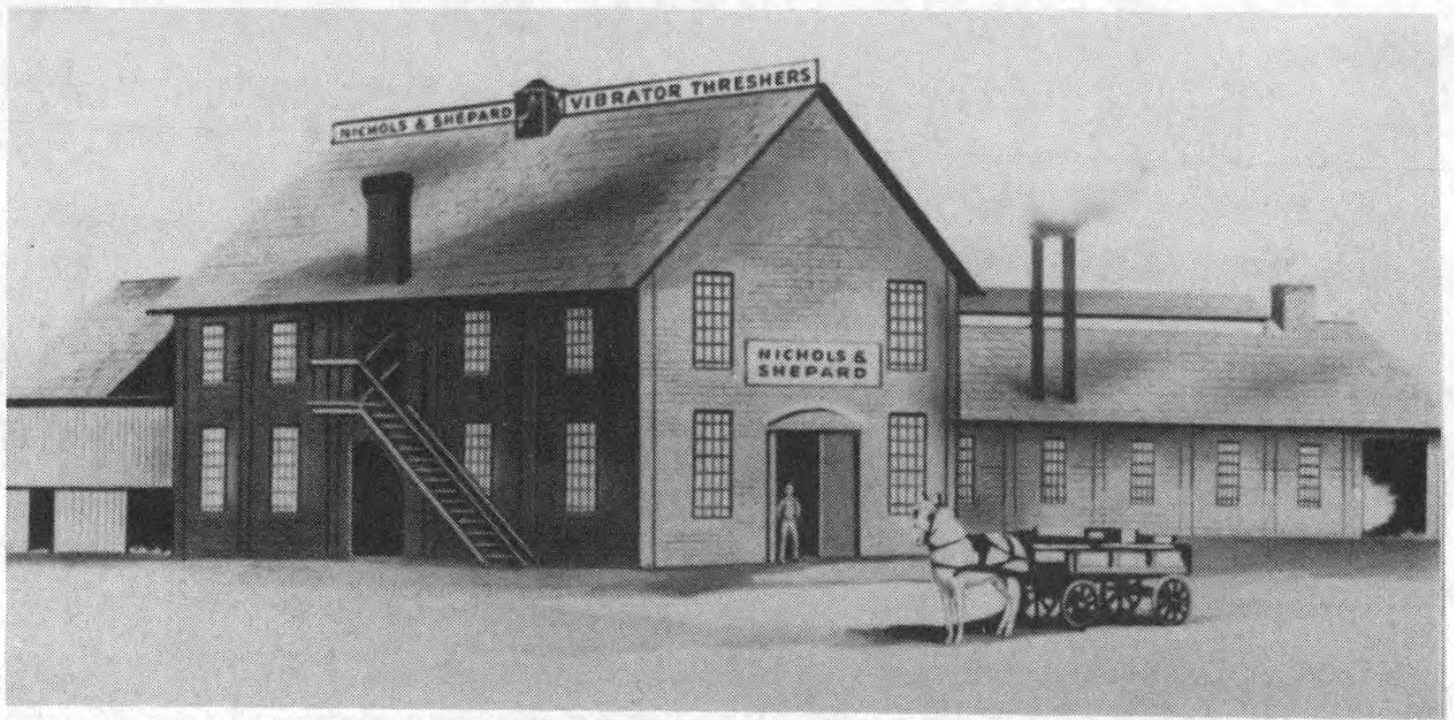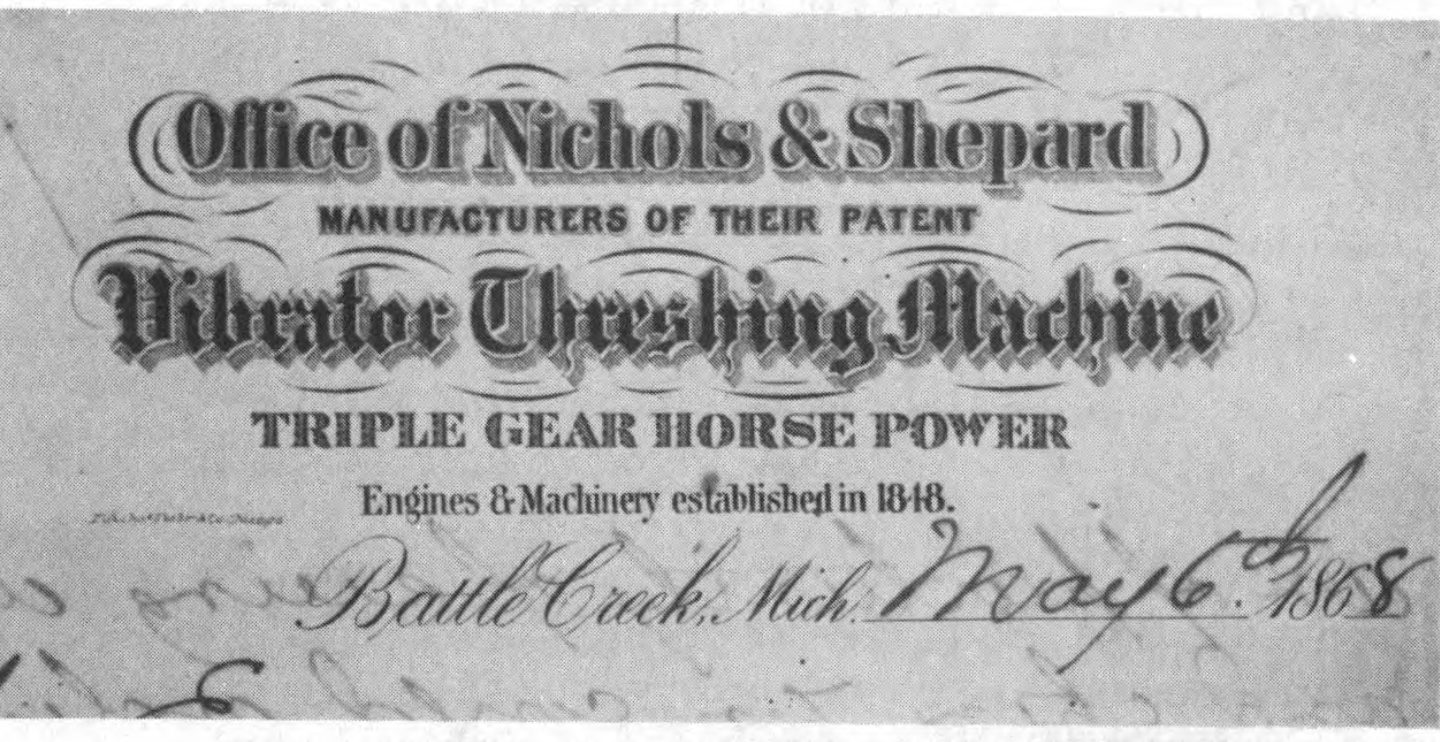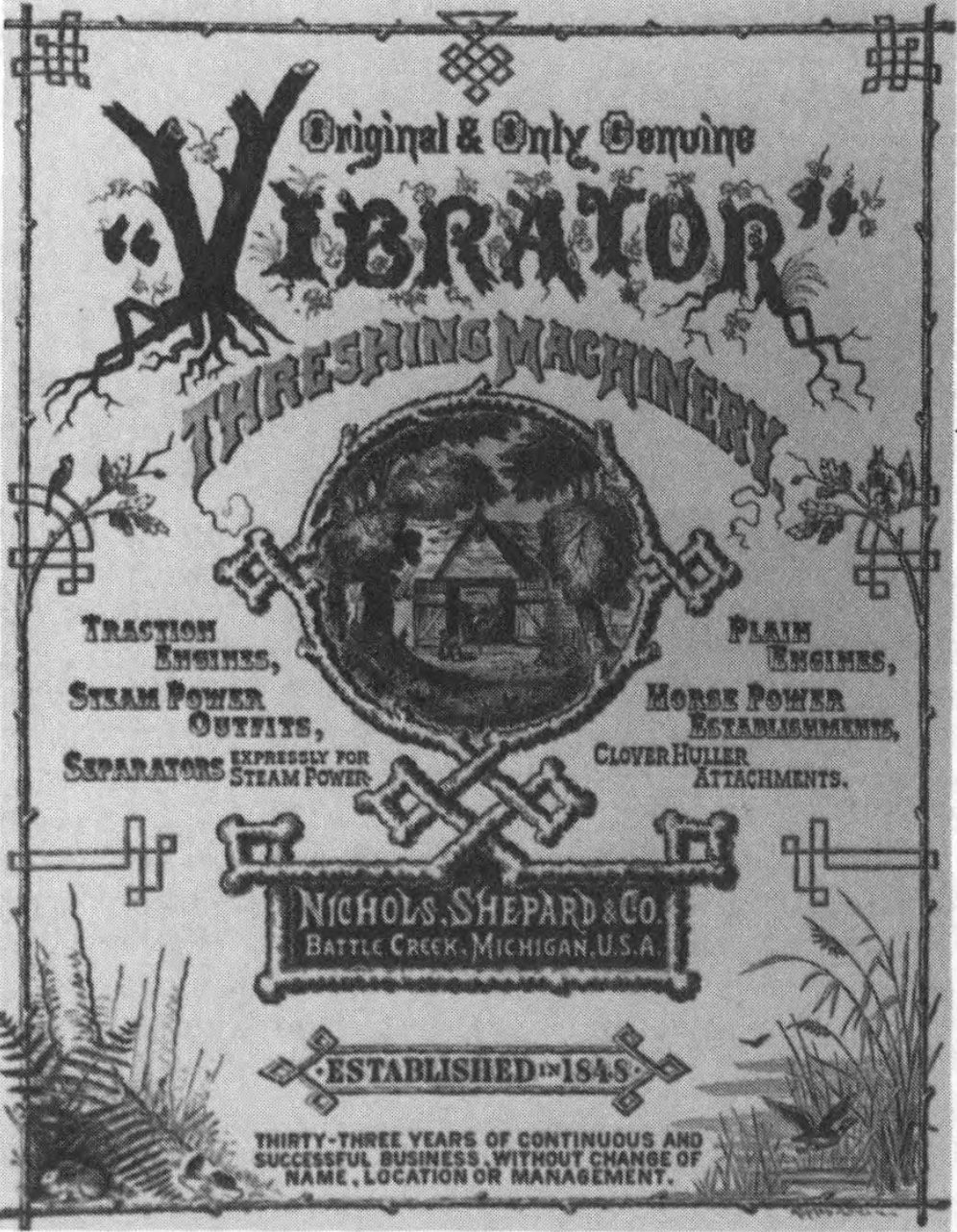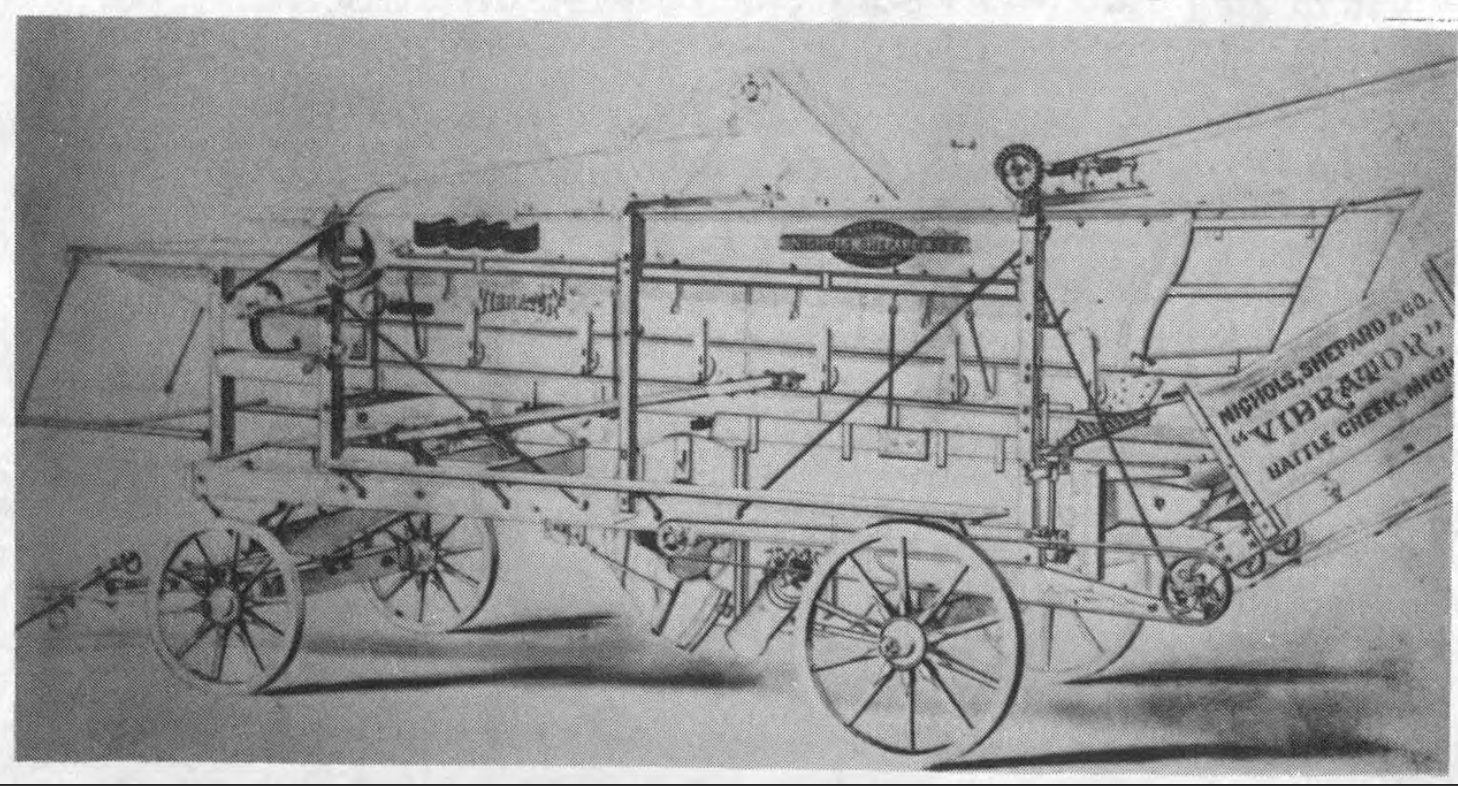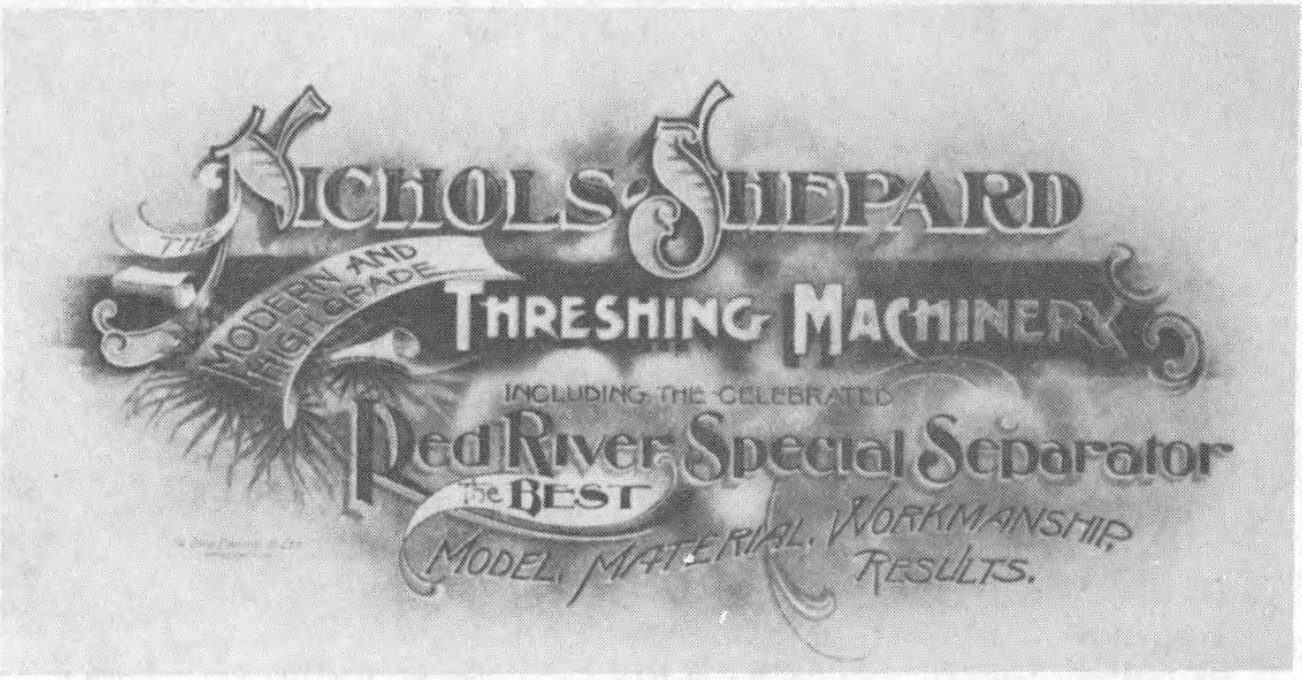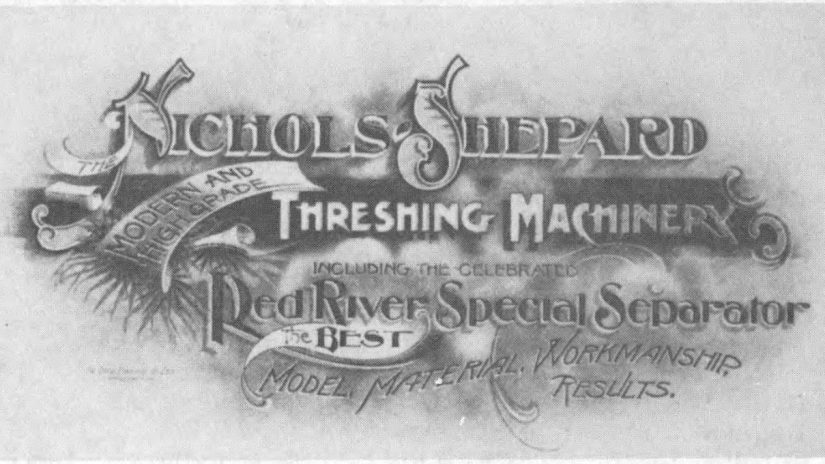John Nichols opened a blacksmith shop at Battle Creek, Michigan in 1848. Little is known of Nichols’ early life, nor does anything but the most scant history of the early years of his shop still exist. In the early 1850s Nichols took in David Shepard as a partner. During those years the firm built farm machinery, steam engines, and mill machinery. Virtually nothing is known of the early products from Nichols, Shepard & Company. Apparently the products were sold on a more or less localized basis, and word-of-mouth was the primary advertising method.
The Pitts brothers developed their first thresher about 1837. For some years the actual separating of the grain from straw and chaff was achieved by a slatted apron behind the cylinder. These so-called apron machines were the accepted standard for about twenty years. Nichols and Shepard decided that the apron machine was never going to be a complete success. Numerous problems besieged the apron machine. One was that when the apron was overloaded, much of the grain was not separated from the straw. In other words, the cylinder had much more capacity to thresh than the separator had to separate. Numerous improvements were made to the apron machine, with varying degrees of success. One was an octagonal roller which operated beneath the slatted apron. As it turned it was to give the apron a vibrating effect aimed at helping to separate the grain from the straw. About 1850 the beater was developed; it first was equipped with teeth to help in the separation process, but the teeth became tangled with straw. Finally the teeth were removed from the beater paddles. From that time on the beater was essentially developed to its present state.
About 1857 Nichols and Shepard developed their first Vibrator thresher. It utilized an entirely different design. Instead of the endless apron came vibrating straw racks, just as used today. The first year, Nichols and Shepard built ten of these machines. Remarkably, they stayed sold! From this point on, Nichols, Shepard & Company was in the thresher business in a big way.
Limited research material of the period nevertheless indicates that the introduction of the Nichols & Shepard Vibrator created a furor among the competing manufacturers. At the time, no one but Nichols & Shepard was building such a machine; all the others were building their own variation of the endless apron machine. Obviously the intrusion of this newcomer was very upsetting to the established builders.
Within a few years, most thresher manufacturers had adopted some form of vibrating threshing principle, although a few continued building endless apron machines for several decades. In fact, some companies, including Farquhar, previously noted in this volume, continued to offer endless apron machines into the early 1900s.
An 1876 Nichols & Shepard catalog points out numerous design features of the Vibrator machine, especially in comparison to the endless apron design. For example, the Vibrator used only five belts, where others used anywhere from six to ten. Only ten pulleys were used on the Vibrator, compared to thirty or more on many of the apron machines.
At one point in their 1876 catalog, Nichols & Shepard invokes the scriptural injunction that “Cleanliness is next to Godliness,” followed by the advice that ’Our Vibrator makes no litterings, and saves the dirty and disagreeable [job] of cleaning up.’
By 1876 Nichols & Shepard was offering their threshers adapted to steam power, as well as the usual geared type. These machines could be furnished for use with virtually any make of steam engine, but the company advised that they could also supply the complete outfit of engine, thresher and accessories. However, virtually nothing is known of the earliest Nichols & Shepard steam engines, except that their first portable appeared in 1877.
During the early 1880s Nichols & Shepard moved from portable steam engines to their own traction engine. With their traction engine development came a legal problem which eventually was decided by the United States Supreme Court.
On May 3, 1880 a patent application was filed with the U. S. Patent Office. This patent was for a steam engine valve gear, and was filed jointly by Elon A. Marsh and Minard Lafever, both of Battle Creek, Michigan. On December 28 of 1880, Patent No. 236,052 was issued to Marsh and Lafever. The result was the Marsh reverse, a style which would become widely known. However, the patent documents contained a technical, albeit a fatal flaw. The patent was inadvertently not signed by the Commissioner of Patents. Thirteen months later the error was detected, and the error was corrected. Meanwhile, Nichols & Shepard began using the design.
Marsh demanded an accounting of Nichols & Shepard for profits derived from use of the patent. However, counsel for the defendants argued that no such accounting could be demanded where the infringement took place previous to the issuance of the validated patent. Further, it was argued that a Special Act of Congress of February 3, 1887 for the relief of Marsh and Lefever could not be construed to have a retroactive effect.
Ultimately, the Supreme Court ruled that since the patent was originally unsigned, it was not valid until the signature of the Commissioner of Patents was placed on the patent. After the smoke cleared, Marsh and Lefever were left with the letter of the law, while Nichols & Shepard were effectually cleared of the charge of infringement. Further details of the Marsh v. Nichols & Co. suit are cited in 15 Fed. Rep. 914 and 24 O.G. 901. This case was decided by the Supreme Court on December 10, 1888.
Shortly after 1900 the company introduced their famous Red River Special line of threshers. Like other threshers of the time, these were of wood construction, with an all-steel machine appearing about 1915. However, the company continued to market selected models of wood machines for a few more years. With the advent of the Red River Special line came the special construction which came to be known as the 4 Threshermen—the Big Cylinder, the Man Behind the Gun, the Steel-Winged Beater, and the Beating Shakers. Until Nichols & Shepard merged into Oliver Farm Equipment Company in 1929 the Red River Special line and the 4 Threshermen were nearly synonymous terms. Subsequently, Oliver continued to build the same threshing machines for some years to follow.
With the development of steam traction engines in the 1880s, Nichols & Shepard continued apace in their development. The company offered numerous sizes in single and double-cylinder styles. However, Nichols & Shepard seems to have been intent on remaining in the engine and thresher business, since early advertising literature makes little or no reference to plows and other farm implements.
The company began developing a gasoline tractor in 1911 and continued with three different models into the early 1920s. At that point the company built began building their own tractors on order, and also sold a Lauson-built tractor under the Nichols & Shepard masthead.
Nichols & Shepard controlled numerous patents. A sampling of these includes: No. 34,071, Grain Separator, January 7, 1862; No. 91,658, Threshing Machine Concave, June 22,1869; No. 59,440, Thrashing Machine, November 6,1866; No. 225,560, Traction Engine, March 16,1880; Re 9951, Valve Gear, November 29, 1881; No. 244,807, Valve Gear, July 26,1881; No. 265,809,Traction Engine, October 10, 1882; No. 257,435, Grain Separator, May 2, 1882; No. 274,386, Grain Separator, March 20, 1883; No. 303,516, Traction Engine, August 12, 1884; No. 293,876, Thrashing Machine, February 19, 1884; No. 427,372, Thrashing Machine, May 6, 1890; and No. 616,380, Traction Engine, November 8,1904.
Numerous other improvements to steam traction engines and threshers were also patented by Nichols & Shepard. During the 1920s the company developed a line of combines which would later prove to be the nucleus of further activity on the part of Oliver Corporation. Likewise, Nichols & Shepard also developed a corn picker during the 1920s, and it was the direct ancestor of the Oliver com picker line which followed.
